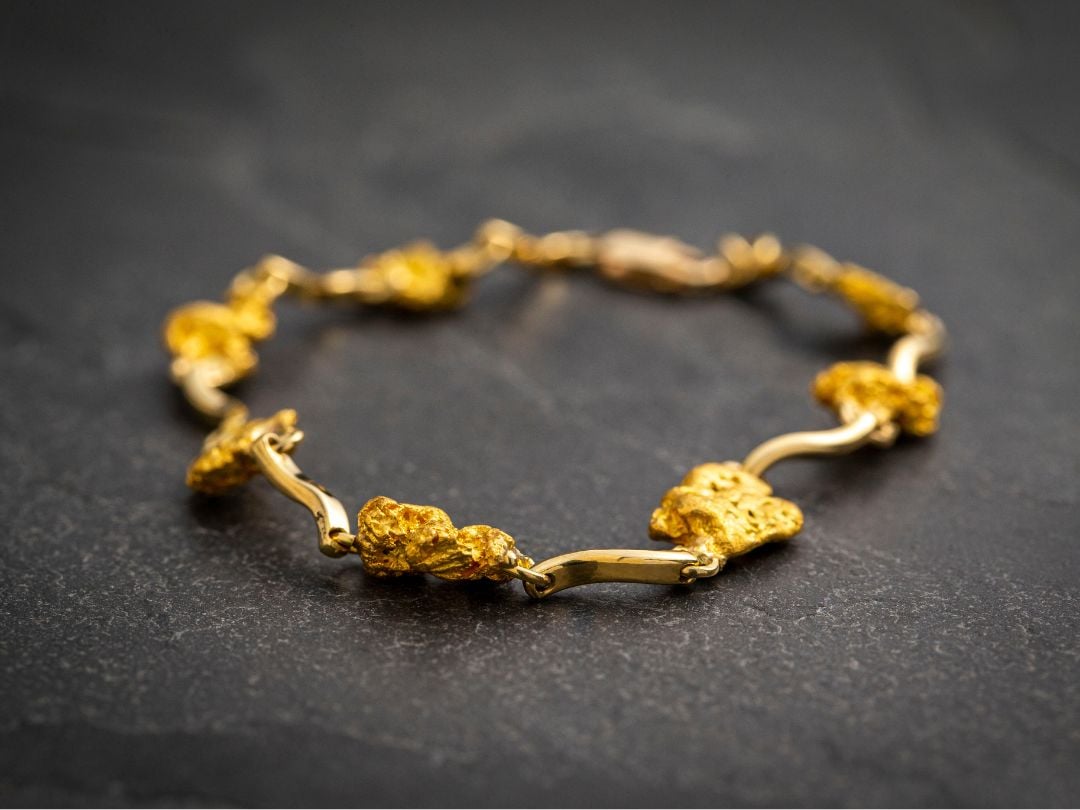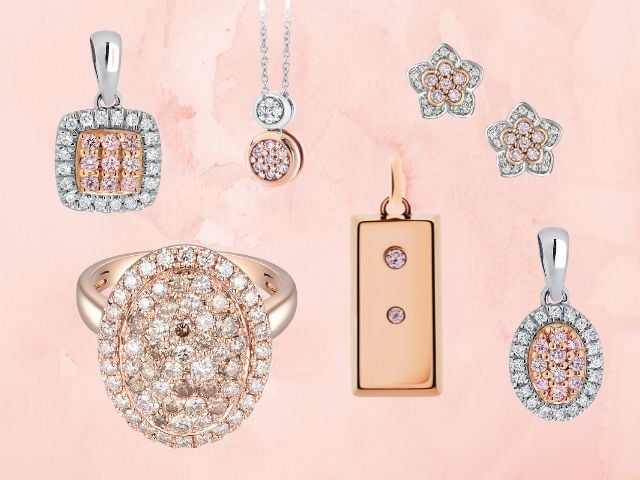How are the colours of gold created?

Gold, the timeless symbol of wealth and luxury, holds a special place in human history.
This dense and precious metal is revered for its stunning beauty and incredible durability. Used for thousands of years in coins, ornamental objects and jewellery, it’s even utilised today in vital medical equipment, defence industries and everyday electronics.
But did you know that gold comes in various shades beyond the traditional yellow, white, and rose?
How is coloured gold created?
As pure gold is too soft to be used in jewellery it needs to be mixed with different alloys, such as silver, copper, and palladium. This not only enhances its strength for everyday use but also gives a mesmerising array of hues. So, how exactly are the different shades of gold created?
- Yellow gold, the classic, combines pure gold with metals like silver and copper. The ratio of these alloys determines the warm golden hue. 22 carat yellow gold also includes traces of zinc.
- White gold, on the other hand, mixes pure gold with white metals like silver, nickel, and palladium. This elegant variation is perfect for contemporary jewellery pieces.
- The enchanting rose gold shares similar alloys with yellow gold but in different quantities. More copper than silver gives rose gold its beautiful colour. In some cases, it's even called red gold.
- Green gold boasts a beautiful composition of pure gold, copper, silver, and zinc. The varying shades of green depend on the alloys used, making it a unique choice.
- Purple gold, although less commonly used due to its brittleness, showcases the intriguing blend of gold and aluminium. Its rarity makes it a unique and daring choice.
- For those seeking the extraordinary, blue gold combines gold with indium, iron, or gallium. This fascinating shade is one of the rarer finds in gold jewellery.
- Grey gold, with its sophisticated allure, emerges from the fusion of pure gold with copper, silver, manganese, or iron. Its versatility speaks to those who appreciate subtlety.
- Finally, black gold offers a touch of mystery and intrigue. Achieved through various methods such as the addition of cobalt or electroplating with black rhodium or ruthenium, black gold stands out as a bold and dramatic choice.
The history of coloured gold
Coloured gold has been around for centuries, with reports of rose gold being used as early as the first millennium. However, rose gold found increased popularity in the 19th Century when renowned jeweller Peter Carl Fabergé used it in the designs of his famous Imperial Easter Eggs.
The Perth Mint jewellery boutique

You can find The Perth Mint’s jewellery store inside our landmark heritage listed building, established by Britain’s Royal Mint in 1899 at our iconic East Perth site in Hay Street.
Many of our high-end, hand-selected jewellery pieces are accompanied by a certificate of authenticity, as well as the peace of mind that comes with choosing to make a purchase from a Government of Western Australia-owned enterprise with a long-standing reputation for quality and integrity.
Our experts will be happy to assist you to try on different gold jewellery pieces. See how they look against your skin and ensure your gold masterpiece reflects your true individuality.
Come and explore today or book an appointment now.
Sources:
https://vivalatina-shop.com/blogs/custom-made-jewelry/the-different-colors-of-gold-used-in-jewelry










